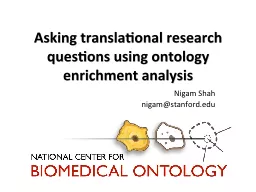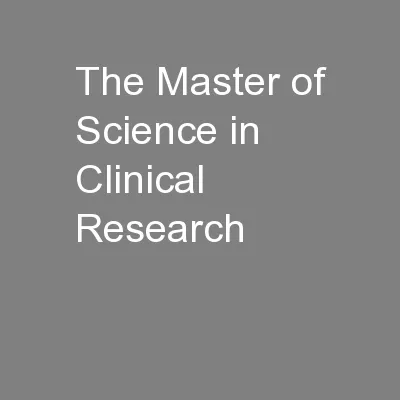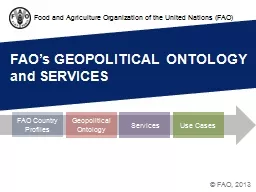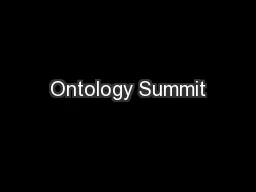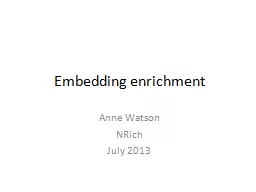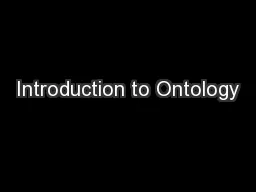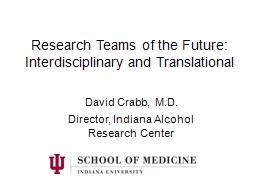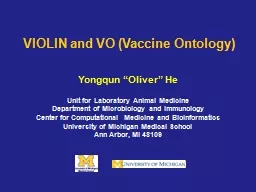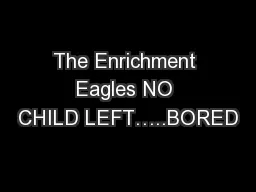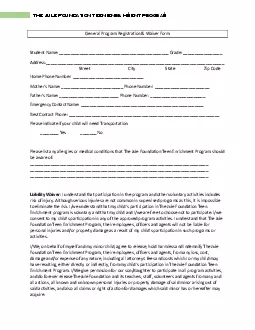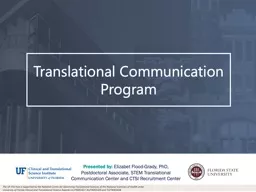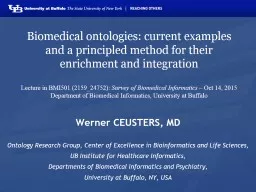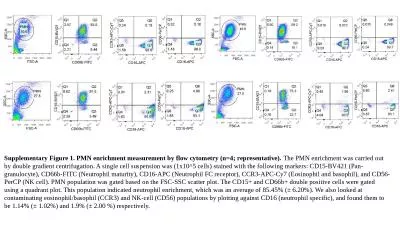PPT-Asking translational research questions using ontology enrichment analysis
Author : stefany-barnette | Published Date : 2018-03-06
Nigam Shah nigamstanfordedu High throughput data high throughput is one of those fuzzy terms that is never really defined anywhere Genomics data is considered high
Presentation Embed Code
Download Presentation
Download Presentation The PPT/PDF document "Asking translational research questions ..." is the property of its rightful owner. Permission is granted to download and print the materials on this website for personal, non-commercial use only, and to display it on your personal computer provided you do not modify the materials and that you retain all copyright notices contained in the materials. By downloading content from our website, you accept the terms of this agreement.
Asking translational research questions using ontology enrichment analysis: Transcript
Download Rules Of Document
"Asking translational research questions using ontology enrichment analysis"The content belongs to its owner. You may download and print it for personal use, without modification, and keep all copyright notices. By downloading, you agree to these terms.
Related Documents

